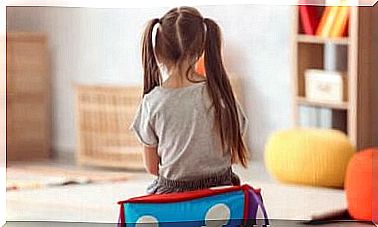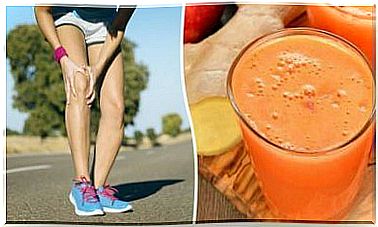When Children Suffocate: What Should You Do And How To Avoid It?
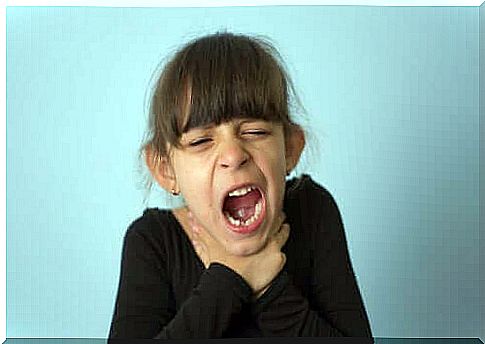
According to available data , it is estimated that children who suffocate are one of the most common non-natural accidents. It is also the third leading cause of death among both children and the elderly. It is therefore necessary to focus on both prevention and management.
Choking prevention in children is the best option. Since it can lead to death, it is best to eliminate the risk of it happening – mainly from the age of four months, when there is a latent danger.
If you are unable to avoid this accident, you should know what to do to ensure that the consequences are not serious. Simple first aid measures can save the life of your child, and therefore you should know about them.
When children suffocate
To be more precise, the airways of a foreign body are obstructed when children are suffocated. In the worst cases, the airways become completely blocked, which does not allow the air to reach the lungs and thus causes death.
Most of these cases of obstruction occur in children under the age of three. The highest peak occurs in children between 6 and 12 months of age. In most cases, children are suffocated by food, which is very often nuts or hard candy.
Other dangerous foods are meat and sausages, as well as meat and fish bones. Due to their consistency and shape, sausages are also risky. In general, all solid objects that fit into a child’s mouth are also dangerous.
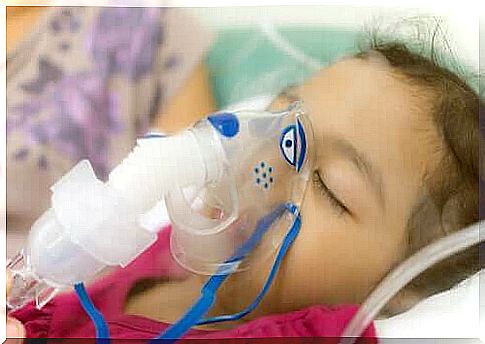
Preventive measures
When a child suffocates, it has an unpredictable result. It is therefore best to prevent this accident. The first thing to think about is that most of these cases occur when a child eats or plays. It is therefore important to supervise the children during these activities.
Here are other preventative measures:
- Take care of them when eating and avoid certain foods. Nuts and fruits such as cherries or plums should not be within the reach of children under the age of five, or until you are sure they know how to eat them.
- Small objects and toys. You should not leave small and hard objects, such as batteries or marbles, within the reach of children. Be especially careful with balloons and similar toys, as they are made of materials that attach easily and can block the airways.
- Rules during eating. Children should eat at the table, and not lying down. They should also not eat while running or playing. You need to teach them to chew properly.
- Avoid necklaces. Children should never wear necklaces, and certainly not if they are made of balls or other small objects.
You should do this if your child suffocates
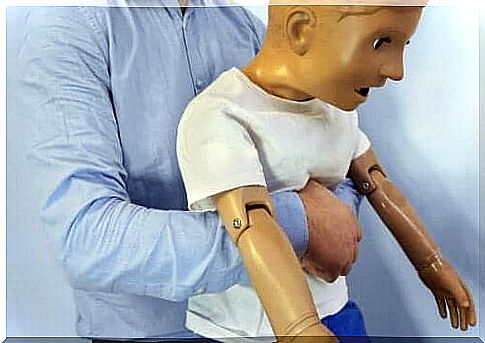
Heimlich’s maneuver is an appropriate method in emergencies where children are suffocating. If suffocation occurs in a child despite preventive measures, the first thing you should do is stay calm. This allows you to quickly assess the situation to know what you need to do. When a child suffocates, they will first start coughing, talking or crying.
If your child coughs, it is best to encourage them to keep doing so. Sometimes inappropriate interventions cause the foreign body to move, which can mean that it becomes more difficult to get out.
You need to avoid patting the baby on the back, squeezing their stomach or giving them something to drink. When coughing does not get the object they are suffocating from, you should call the emergency services and do the following before they arrive:
- First of all, get them on their feet and make them tilt their head forward
- Place one arm under your armpit and hold your chest with your hand
- With your other hand, strike the upper back, between the shoulder blades. You should use the bottom of your palm and do not hit them more than five times.
The Heimlich maneuver
If the child does not get the object they are choking on, you should perform Heimlich’s maneuver up to five times in a row. Here are the steps you need to follow:
- You need to stand behind the baby and put your arms around their waist.
- Make a fist with one of your hands and place your thumb over your navel, in the middle of your stomach.
- With your other hand, cover your fist and push inwards and upwards.
- If the baby is unconscious, you should squeeze their breast 30 times. Then breathe twice into the baby’s mouth while holding their nose. Keep doing this until help arrives.




